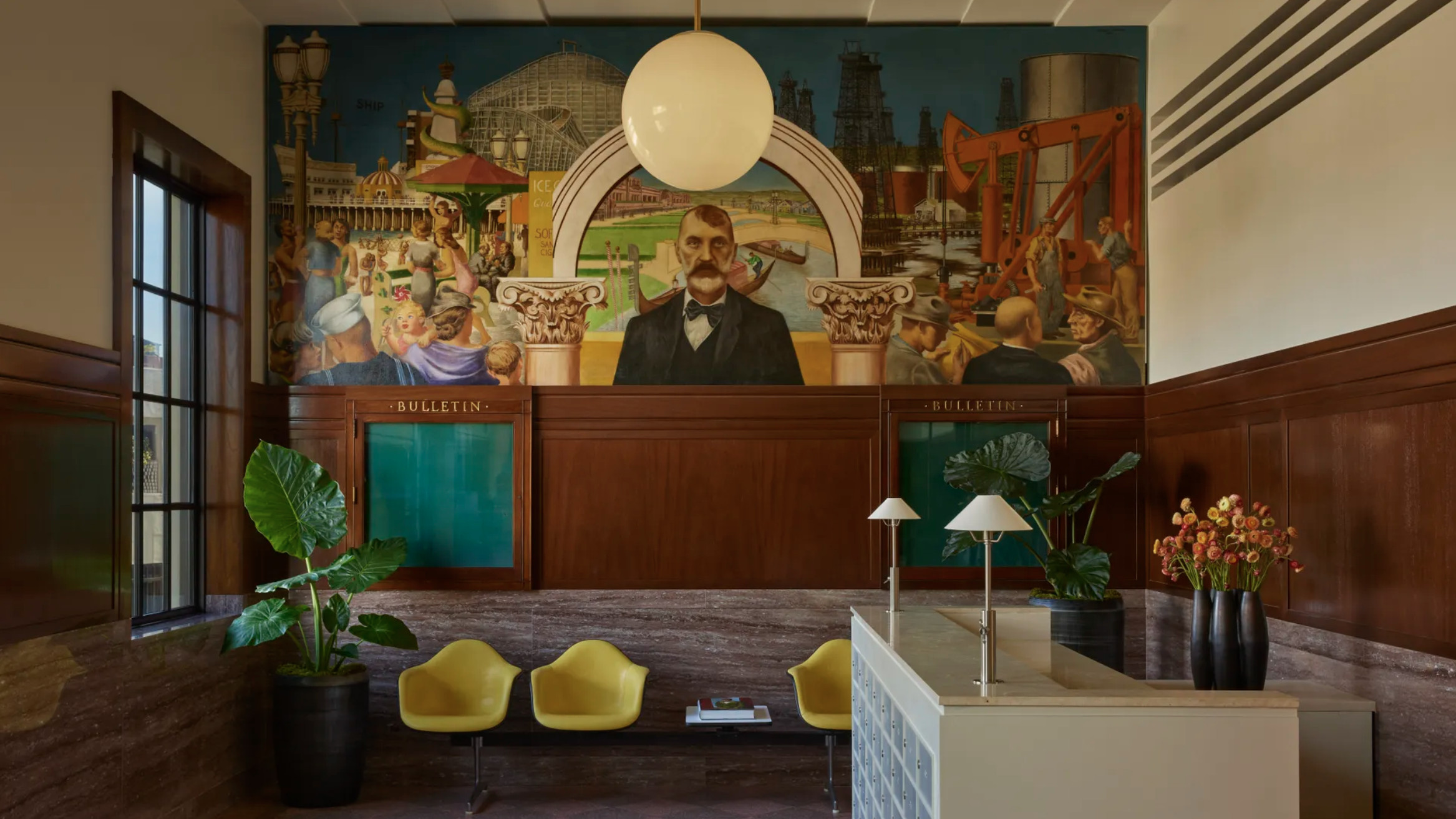Diego Faivre’s playful homage to Australia's vanishing milk bar
Diego Faivre uses Play-Doh to recreate an Australian milk bar in an exhibition titled ‘Diego Super Bonza Store’ at Melbourne’s Useful Objects gallery

In a unique exhibition that blends design, performance, and cultural nostalgia, French artist and designer Diego Faivre is transforming Melbourne's Useful Objects gallery into a living tribute to the iconic Australian milk bar – a disappearing cultural institution that once anchored Australian suburban life. However, Faivre’s recreation – Diego Super Bonza Store – is made out of Play-Doh. It's a dynamic, collaborative experience that challenges traditional notions of design and manufacturing.
Step inside the 'Diego Super Bonza Store'

Diego Faivre, 'Diego Super Bonza Store'
Originally inspired by American soda bars, in Australia and New Zealand ‘milk bars’ came to refer to family-run convenience stores selling a range of confectionery, dry goods, hot food, household items and whatever the owners fancied. While they have been slowly disappearing from suburban streets, the milk bar holds a special place in Australia’s collective memory. Faivre is now spending three months conjuring up his version of the milk bar in real-time.

Diego Faivre, ‘Boogie Tropical Lamp’
Transforming the gallery into part exhibition, part makeshift factory, and part idiosyncratic retail environment, visitors will witness Faivre creating objects in situ, celebrating the transparency of design and production. It is his first solo presentation in Australia and part of the Design Academy Eindhoven graduate’s ongoing project, Minute Manufacturing.

Diego Faivre
Drawing from his experience as a factory worker, Faivre's approach is deeply influenced by time, efficiency, and human expression. ‘My design vision centres on creating transparent, performative art using recycled materials and air-dry clay, promoting sustainability and community involvement,’ Faivre explains.

Faivre is building his own unique interpretation of the milk bar, shaping counters, shelves and stools out of Styrofoam for structure, and covering them with brightly coloured Play-Doh. ‘The idea is that I create the outline or canvas of the milk bar,’ Faivre says, ‘and then invite people to come in and make small objects to furnish the space.’

Faivre’s work at Maison & Object September 2023, 'Inspire Me!'
The public is invited to participate in workshops, creating their own objects out of Play-Doh that will be incorporated into the evolving installation. ‘Every time I ask around, everyone has crazy things to say about their local milk bar,’ he notes. This sentiment drives the exhibition's interactive nature, inviting visitors to contribute their own memories and creations.

Faivre’s Mini Golf Extravaganza, part of Alcova during Milan Design Week 2024
Faivre's method is both serious and whimsical. It's an approach that challenges mass production, reintroducing individual expression into manufacturing. ‘The idea is to create a conversation, and that maybe they say, “Oh, I remember this milk bar selling really old batteries,”’ explains Faivre. ‘And then you just make a very old battery out of Play-Doh and place it in the milk bar.’
Wallpaper* Newsletter
Receive our daily digest of inspiration, escapism and design stories from around the world direct to your inbox.

Diego Faivre, 'Lot of stools'
This isn't Faivre's first foray into performative design. His recent Mini Golf Extravaganza at Alcova during Milan Design Week 2024 demonstrated his ability to create interactive, playful installations that engage participants of all ages. The Diego Super Bonza Store continues this trajectory, offering a uniquely Australian twist.

Diego Faivre 'Diego Super Bonza Store'
Useful Objects, the gallery hosting the exhibition, shares Faivre's vision of design as storytelling. Established to showcase designers who challenge functional and material norms, the gallery provides the perfect platform for Faivre's immersive approach.

Diego Faivre, 'Lot of stools'
The exhibition is more than just an artistic statement – it's a meditation on memory, community, and the rapidly changing landscape of suburban Australian life. By transforming the milk bar into a performative design space, Faivre invites us to reconsider our relationship with everyday objects and the stories they tell.

Diego Faivre, 'Flowers'
As Australian milk bars continue to disappear, replaced by chain supermarkets and online services, Faivre's exhibition becomes a poignant celebration of a disappearing cultural icon. It's a reminder that design can be simultaneously serious and playful, functional and nostalgic.
‘Diego Super Bonza Store’ is at Useful Objects until 1 February 2025
47 Easey Street, Collingwood VIC 3066
diegoscopy.com
Elias Redstone is Wallpaper’s Australia editor and an acclaimed arts leader. He is the founder and artistic director of Photo Australia / PHOTO International Festival of Photography, Melbourne. Previously, Elias was senior curator of The Architecture Foundation, London. He has curated exhibitions for museums and galleries internationally including Barbican Art Gallery, London; Storefront for Art and Architecture, New York; and Centre for Contemporary Photography, Melbourne. His book Shooting Space: Architecture in Contemporary Photography is published by Phaidon.
-
 The Lighthouse draws on Bauhaus principles to create a new-era workspace campus
The Lighthouse draws on Bauhaus principles to create a new-era workspace campusThe Lighthouse, a Los Angeles office space by Warkentin Associates, brings together Bauhaus, brutalism and contemporary workspace design trends
By Ellie Stathaki
-
 Extreme Cashmere reimagines retail with its new Amsterdam store: ‘You want to take your shoes off and stay’
Extreme Cashmere reimagines retail with its new Amsterdam store: ‘You want to take your shoes off and stay’Wallpaper* takes a tour of Extreme Cashmere’s new Amsterdam store, a space which reflects the label’s famed hospitality and unconventional approach to knitwear
By Jack Moss
-
 Titanium watches are strong, light and enduring: here are some of the best
Titanium watches are strong, light and enduring: here are some of the bestBrands including Bremont, Christopher Ward and Grand Seiko are exploring the possibilities of titanium watches
By Chris Hall